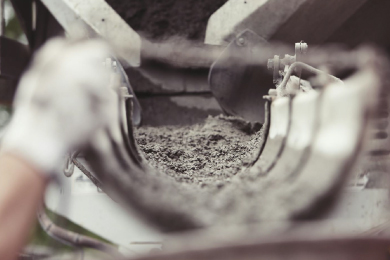28 million properties are required to be retrofitted by the end of 2050 if carbon targets are to be met. Yet countless structures are being knocked down, just to have new buildings take their place, with little thought given to the environment and the ever-impending climate crisis. A campaign, led by the Architects’ Journal, is now urging instead for incentives to protect our older buildings and prevent unnecessary carbon emissions.

There is an ongoing debate about the cost and environmental impact of demolition and building new, versus the ease with which buildings can be retrofitted with low carbon technologies. Architects are strongly advocating the upgrade of older buildings as opposed to demolition, in an attempt to lower the carbon emissions that are created from steel, cement and brick production for new builds.
The Climate Change Act of 2008 sets out how the UK’s carbon emissions will be cut by 80% by 2050 and in June last year, the UK became the first G7 country to legislate itself into becoming a net zero carbon area by 2050. The UK Government has subsequently placed special emphasis on the retrofitting and refurbishment of the UK’s existing domestic and non-domestic buildings, as this approach is deemed to hold the greatest potential for reducing CO2 emissions in the short to medium term. But is the Government doing enough?
On the whole, Architects do not think so. The Architects’ Journal, who are leading the campaign, wants the Government to change the VAT rules which currently make it cheaper to rebuild than to refurbish a standing building. Architects’ Journal Managing Editor, Will Hurst, recently argued that VAT on refurbishment, repair and maintenance should be cut from 20% to zero to match the typical rate for newbuild. In his interview with BBC News he commented, “It’s crazy that the Government actually incentivises practices that create more carbon emissions. Also, if you avoid demolition you make carbon savings right now, which we really need. We’ve got to stop mindlessly pulling buildings down”.
Simon Green, Managing Director of Green Building Design Consultants, specialists in low carbon building design, agrees: “Refitting old buildings with low carbon technologies and green solutions can be complex and requires expertise, but it has the added advantage of maximising the use of embodied (capital) carbon, while rendering the building as energy-efficient as possible. Knocking down and building new is often seen as a quick fix but it doesn’t solve the problem”.
The Architects’ Journal has now given evidence to the Commons Environmental Audit Committee (EAC) on the difference between operational emissions from heating and cooling a building and embodied emissions from creating construction materials. The EAC will report its findings in the coming months. However, the Treasury Minister, Jesse Norman, previously told MPs that reducing VAT on all property renovation, repairs and improvements would cost the Exchequer approximately £6bn per year and stated, “the Government has no plans to review the VAT treatment of construction”.
This debate is likely to feature even more prominently in the aftermath of Covid-19, with forecasts seeing high numbers of commercial buildings being made redundant, repurposed, or converted to residential. This will afford opportunity to refurbish offices, making them more energy-efficient and lowering CO2 emissions, although the introduction of the ban on gas boilers for residential development by 2025 could create difficulty in designing heating systems for these types of buildings if converted to domestic.
Simon Green of GBD concludes, “Whilst there is plenty of opportunity to improve existing stock, there are undoubtedly obstacles. The campaign driven by Architects’ Journal is definitely a step in the right direction. We do need to remember though the importance of sustainability and ensuring embodied carbon in the original construction of buildings is not unduly compromised. Retrofit and refurb still generate carbon, so this impact needs to be considered relative to the total lifespan of a building and above all place-making is vital for the people and communities who live and work in these buildings”.




.png)




